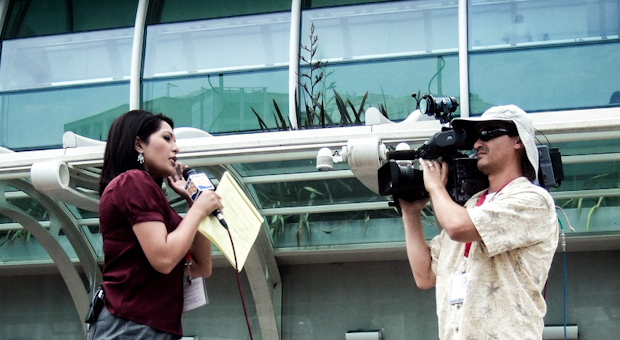Know your target
Don’t send out a press release without thinking about where it’s going. If it’s not relevant to everyone on your list, then don’t send it to everyone. A journalist should know that every time they see an email from you, it’s going to be worth looking at.
Identify your target media and get to know what they cover and how they tell it. Understand the type of content they produce so your press release can match it and have a chance of being used. Find a piece of content that covers a similar story. If you can’t find one then they probably won’t be interested in your story.
Why now?
If you want your story in the news then it has to be new. Every story needs a ‘news peg’ that answers the question, ‘Why now?’ Government announcements, new reports, surveys and events are all possible news pegs on which to hang your story and gives it some sense of timeliness. But this is less important than the issue and its impact on people.
The issue, not the organisation
Your organisation is very seldom the main point of any story. So make sure the headline and first paragraph focus on the issue, not the organisation. Try not even mentioning your organisation until the second paragraph at the earliest.
People, people, people
How does this issue affect people? Find the people story in your cause and you’ve found the story. Who is the story centered on? It might be a case study of someone affected by the problem or it could be the extraordinary dedication of a committed supporter. It could be many people, such as the thousands who attend an event. This person or people should then be the ‘who’ of your news intro.
Tell the story
The first sentence should always use a ‘news intro’ that tells the whole story with only the basic facts, answering the six classic questions: who, what, where, when, why and how.
The cut’n’paste top
Keep your strong opinions and colourful language for the quote. The number one job of the headline and opening sentence are to tell (and sell) the story to the journalist. But the opening paragraphs could also provide the copy that makes up the rest of the piece. So be subtle in how you angle it, match the tone of your target publication, don’t use ‘we think’, and it might get used just the way it is.
The quote
Every press release should have at least one quote. Occasionally it’s appropriate to have a quote from more than one person, but this will seldom be from another person in your organisation – it’s more likely to be an expert or someone who’s affected by the issue. Keep quotes interesting and personable, and make sure you clearly state your position here, not just in the opening paragraphs.
Reading and resources


At CharityComms’ Editorial Skills for Charities Workshop, Karen Ackerman and Jo Waters led sessions on how to improve your communications with journalists and increase your chances of getting media covera

- How to win campaigns Rose, C (2010). Working with News Media: p189-196
- The Good Guide to Campaigning and Influencing Lamb, B (2011). News media: p148-149
- Effective Media Relations for Charities Slack, B (2016). How to write a press release: p59-60
